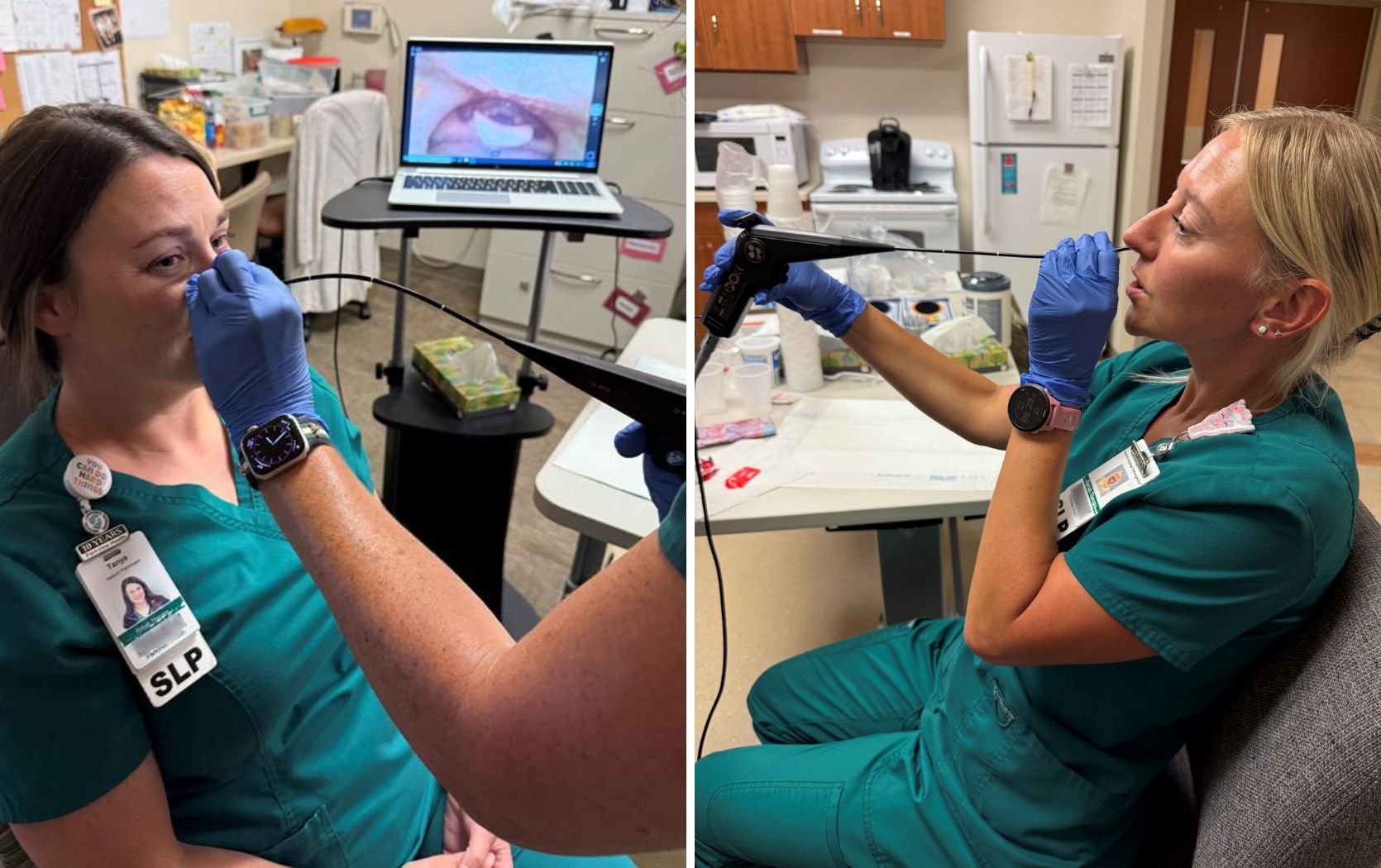
This post was written by Kate Creager, MCHES, lifestyle change specialist, Diabetes Care Services, Parkview Health.
Individuals with gestational, Type 1 or Type 2 diabetes are at an increased risk of developing complications with influenza. Some problems that could arise include ear infections, sinus infections, bronchitis and pneumonia, not to mention additional challenges with blood glucose management. In recent years, the Centers for Disease Control and Prevention (CDC) reported that 30% of those hospitalized with influenza had diabetes. Luckily, there are several things you can do to protect yourself.
How to distinguish between influenza and the stomach flu
Many often confuse influenza with the stomach flu. While some may experience nausea and vomiting when sick with the flu, most people experience the following symptoms with an influenza infection:
- Fever
- Cough
- Sore throat
- Body aches
- Fatigue
- Chills
How to avoid illness
Managing your diabetes can become incredibly complicated during bouts of illness, which is why you must take the proper precautions to prevent infection and the spread of germs by:
- Avoiding sick individuals
- Practicing proper hand washing hygiene
- Covering your mouth and nose when coughing or sneezing
- Staying hydrated and eating a well-balanced diet with fruits and vegetables
- Having at least a 2-week supply of regular medications on hand
- Putting a sick day plan in place for glucose and medication management
- Stocking up on easy-to-eat foods like soup, pudding, unsweetened applesauce, sports drinks, regular soda, juice and hypoglycemic management items like glucotabs
- Speaking with your primary care provider about the influenza vaccine
How to navigate influenza when you have diabetes
If you are living with diabetes and you contract influenza, be sure to follow these steps:
- Call your primary care provider
- Check your blood glucose levels every 4 hours and keep a log of your results
- Drink more water than you usually would to stay adequately hydrated
- Try to eat as normal as possible
- Continue to take your medications, even if you are unable to eat
If you’re having trouble with any of these steps, please speak with your primary care provider, diabetes educator or endocrinologist. They can help adjust your medications or advise you on next steps so you can get back to feeling your best.
When to seek medical attention
If you begin to experience any of the following symptoms, contact your primary care provider or go to the emergency department immediately for additional medical assistance and support:
- Difficulty breathing
- Moderate to high ketones in your urine
- Inability to keep liquids down for more than 4 hours
- Inability to keep food down for over 24 hours
- Vomiting or severe diarrhea for longer than 6 hours
- You are experiencing diabetic ketoacidosis (DKA) or hypoglycemia (low blood sugar) that is not increasing with the rule of 15
Also, if you cannot think clearly, please have someone else drive you to the hospital or call 911.
For additional questions or concerns about managing diabetes, please call Parkview Diabetes Care Services at 260-373-4280 to speak with a diabetes educator, registered dietitian or lifestyle change specialist.



